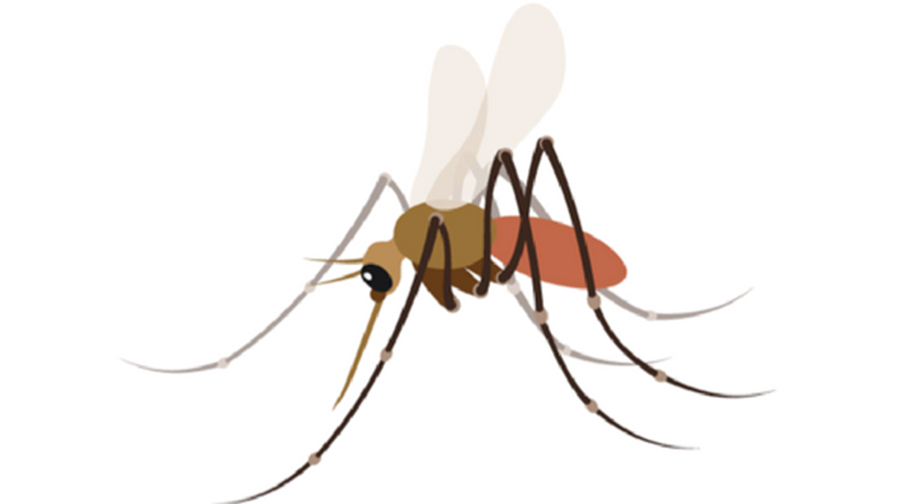Mosquitoes are more than a spoiler of backyard barbecues. They threaten more than half the world’s population with their disease-spreading bites. In fact, mosquitoes are deadlier — by far — than sharks and snakes.
They are the incubator and chief disseminator of malaria, dengue and yellow fevers, as well as newer scourges like the West Nile and Zika viruses. Their numbers explode with floods, hurricanes and climate change, allowing them to outnumber every animal on Earth during their peak breeding season. Public-health officials fret about them 24/7.
So how is it that this fearsome creature has no emoji?
Check your phone: You’ve got a honey bee, a caterpillar, a spider, an ant and a ladybug, not to mention all manner of mammals, birds and sea creatures.
But no mosquito.
That oversight cries out for a fix, according to a pair of public-health specialists. That’s why they have petitioned a group called the Unicode Consortium to include a female mosquito — the only kind that bite humans and spread disease — in the next batch of emojis that will be available on smart phones next year.
The mosquito is one of 67 finalists. It’s up against a llama, a tooth and a lab coat, among other contenders.
If chosen, the emoji mosquito could begin spreading over our digital networks just as real mosquitoes set out from their watery habitats across the tropics and northern hemisphere in search of human blood to nourish their eggs — next summer.
Those blood meals could expose a mosquito mother to a disease-causing virus. If so, the virus is incubated in the insect’s midgut and travels to her salivary glands, ready to be expelled into a new human host when she takes another next blood meal.
In their appeal to the Unicode Consortium, Marla Shaivitz, a communications specialist at the Johns Hopkins University’s Bloomberg School of Public Health, and Jeff Chertack, a malaria expert at the Bill & Melinda Gates Foundation, argue that a mosquito emoji woud “be used by the hundreds of millions of people affected by mosquitoes every year, as well as the scientific and health community to explain their work.”
How? The mosquito emoji could alert communities that eradication efforts are underway nearby, or that disease-prevention tools — such as mosquito nets or repellent — are being distributed. Public health campaigns urging people to clean up standing water could use it, as could those warning of new or resurgent viral threats, Shaivitz and Chertack write.



